Hager WST314 Manual
Hager
Ikke kategoriseret
WST314
| Mærke: | Hager |
| Kategori: | Ikke kategoriseret |
| Model: | WST314 |
Har du brug for hjælp?
Hvis du har brug for hjælp til Hager WST314 stil et spørgsmål nedenfor, og andre brugere vil svare dig
Ikke kategoriseret Hager Manualer
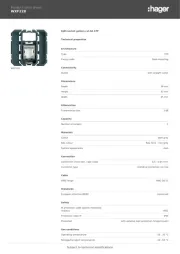
10 August 2025
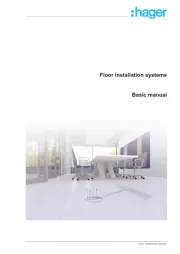
10 August 2025
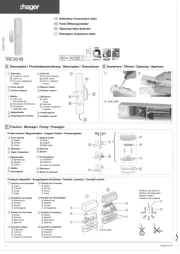
10 August 2025
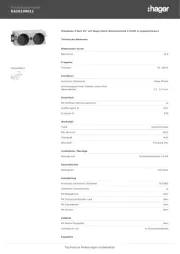
10 August 2025
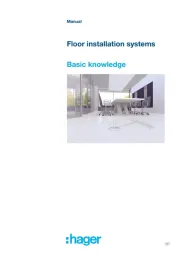
10 August 2025
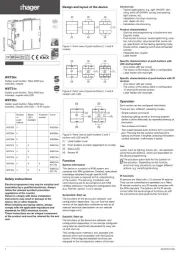
10 August 2025
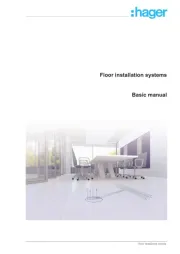
10 August 2025
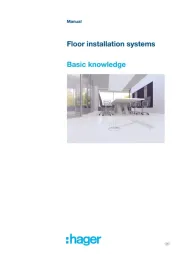
10 August 2025
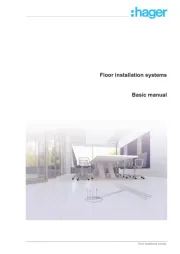
10 August 2025
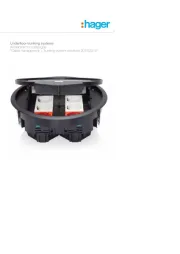
10 August 2025
Ikke kategoriseret Manualer
- HammerSmith
- Extron
- Progressive Industries
- BabyOno
- Ear Labs
- MindShift
- Quantum
- Hestan
- 2hp
- ILive
- Mikrotik
- Valueline
- AYA
- Edelrid
- Maxview
Nyeste Ikke kategoriseret Manualer

11 December 2025

11 December 2025

11 December 2025

11 December 2025

11 December 2025

11 December 2025

11 December 2025

11 December 2025

11 December 2025

11 December 2025
